Fatty Fish High In Vitamin D
Vitamin D is is fat-soluble vitamin and the only nutrient your body produces when exposed to sunlight. You should know that your body can store extra amounts of this vitamin. However, up to 50% of the world's population and 70% of the Europeans may not get enough sunlight. According to one study made in 2011, 41.6% of adults in the US suffer from vitamin D deficiency.
Why is it important to get enough of Vitamin D?
This vitamin is important for a number of reasons, including maintaining healthy bones and teeth (because it helps our bodies absorb and use calcium and phosphorus).
It may also protect against a range of conditions such as colorectal cancer (this is still being studied), type 1 diabetes, and multiple sclerosis. This vitamin may also help save older adults from suffering osteoporosis. Also, it can protect against infections by keeping your immune system healthy. So, this vital vitamin has multiple roles in the body and the following table will show you how much you should aim for.
| Age in Years | Aim for an intake of internaitional units (IU/day)* | Stay below* IU/day |
| Men and Women 19-50 | 600 | 4000 |
| Men and Women 51-70 | 600 | 4000 |
| Men and Women 71 and older | 800 | 4000 |
| Pregnant and Breastfeeding Women 19 and older | 600 | 4000 |
* This includes sources of Vitamin D from food and supplements.
The reason why people don't get enough Vitamin D is because they spend more time indoors, wear sunblock outside and eat a Western diet low in good sources of this vitamin.
Vitamin D does not occur naturally in many commonly consumed foods. Although some foods such as milk, soy or rice beverages and margarine may have vitamin D added to them, it may be not enough. Therefore, you may want to add more great sources of this vitamin in your diet. Here are the top 8 healthy foods that contain vitamin D the most.
1. Salmon
Salmon is incredibly nutritious. Each serving contains a low amount of calories but packs in tons of protein, omega-3 fatty acids, and important vitamins and minerals like B12, B6, niacin, selenium and magnesium. According to the USDA Food Composition Database, one 3.5-ounce (100-gram) portion of salmon packs around 361 to 685 IU of Vitamin D.
But, it can make a big difference whether the salmon was wild or farmed. Some studies have found very high levels of vitamin D in wild salmon, which packs up to 1,300 IU per portion.
On average, wild-caught salmon contains around 988 IU of Vitamin D per 3.5-ounce (100-gram) portion, or 165% of the RDI. Farmed salmon contains only 25% of that amount.
2. Herring and Sardines
Herrings and sardines are so similar that herrings are often canned and labeled as sardines — so their nutritional benefits are similar too. Both herring and sardines are very good for us because besides Vitamin D, they also provide high levels of heart-healthy omega-3 fatty acids, essential fats that also play an important role in normal brain development and function.
Fresh Atlantic herring gives around 1,628 IU per 3.5-ounce (100-gram) portion, which is almost three times the RDI.
Pickled herring is also a good source of this vitamin, as it provides 680 IU per 3.5-ounce (100-gram) portion, or 113% of the RDI.
However, you should be aware, that pickled herring also contains a high amount of sodium, which some people consume too much of.
Sardines are also a great source of vitamin D, because one portion packs about 272 IU, or 45% of the RDI. Halibut and mackerel provide 600 and 360 IU per serving, respectively.
3. Cod Liver Oil
Cod liver oil is a kind of fish oil dietary supplement that can enhance your health in several ways. As with most fish oils, in addition to omega-3 fatty acids, it packs also eicosapentaenoic acid (EPA) and docosahexaenoic acid (DHA). Cod liver oil also contains Vitamin A and Vitamin D.
Historically, cod liver oil was given to children because Vitamin D had been demonstrated to prevent rickets, which is a result of vitamin D deficiency.
So, if you don't like fish, taking cod liver oil can be an alternative. It's a magnificent source of vitamin D and packs around 450 IU per teaspoon (4.9 ml), which is about 75% of the RDI.
It's been used for many years to prevent and treat deficiency, in children. Therefore, be cautious with cod liver oil, making sure to not take too much.
4. Canned Tuna
Canned tuna is a great source of vital nutrients, such as high quality protein, omega-3 fatty acids, vitamin K, selenium and vitamin D. Many of us like canned tuna because of it's easy storage methods and sometimes also flavor.
But eating canned tuna can be a risk, because unfortunately, it contains methylmercury, a toxin found in many types of fish. If it builds up in your body, it can cause serious health problems.
However, some types of fish display smaller risk than others. For instance, light tuna is typically a better choice than white tuna — it's considered safe to eat up to 6 ounces (170 grams) per week.
Canned light tuna contains up to around 236 IU of vitamin D in a 3.5-ounce (100-gram) portion, which is close to 50% of the RDI.
5. Oysters
Oyster is the common name for a number of different families of saltwater bivalve molluscs that live in marine or brackish habitats. Oysters are low in calories and plentiful in nutrients such as vitamin B12, protein, minerals like copper, zinc and omega-3 fatty acids.
One 3.5-ounce (100-gram) portion of wild oysters contain 68 calories but packs all 9 vital amino acids and 320 IU of vitamin D — over 50% of the RDI.
6. Shrimp
Shrimp is one of the most popular seafood in the United States, and these tasty prawns can be a healthy addition to your diet. They provide key nutrients. Along with protein, shrimps provide a fairly spectacular set of nutrients.
Four ounces steamed contains over 100% of the Daily Value for selenium, over 75% for vitamin B12, over 50% for phosphorous, and over 30% for choline, copper, omega-3 fatty acids and iodine.
Shrimps are extremely low in fat and pack a great amount of vitamin D — 152 IU per portion, or 25% of the RDI.
7. Egg Yolks
They are a great source of high-quality protein, as well as several important vitamins and minerals. While the lion's share of the protein in egg is found in the egg white, vitamins, fat and minerals rest mostly in the yolk. One large egg yolk contains around 55 calories, 4.5 grams of total fat and 1.6 grams of saturated fat, 210 mg of cholesterol, 8 mg of sodium, and 2.7 grams of protein.
One average egg yolk from chickens raised indoors contains 18-39 IU, of this vitamin. However, chickens that live mostly outdoors in the sunlight produce eggs with vitamin D levels which are 3–4 times higher.
8. Mushrooms
Mushrooms are low in calories, fat and cholesterol-free, contain a moderate amount of fiber, but pack over a dozen minerals and vitamins, including copper, potassium, magnesium, zinc, folate and a number of B group vitamins. Except for fortified foods, some mushrooms are the only vegetarian source of vitamin D. Because similarly to humans, mushrooms can synthesize vitamin D when revealed to UV light.
However, mushrooms produce a different kind of vitamin, which is vitamin D2, while animals produce Vitamin D3. Though vitamin D2 helps raise blood levels of Vitamin D, it may not be as effective as Vitamin D3. But you should know that commercially grown mushrooms are often grown in the dark and contain very little D2.
Nonetheless, wild mushrooms are excellent sources of vitamin D2. In fact, some mushroom types contain up to 2,300 IU per 3.5-ounce (100-gram) portion — which is almost four times the RDI.
9. Vitamin D in Fortified Foods
Fortified foods are these foods to which additional nutrients have been added. For example, usually manufacturers add nutrients such as iron, vitamin A, B vitamins, Vitamin D (usually 55-130 IU per serving), folic acid, and iodine. The purpose of adding nutrients and create fortified foods is to lessen the development of nutrient deficiencies.
Though fortified foods provide less vitamin D than many natural sources, they can still be a good way to boost your intake.
Because vitamin D is found almost entirely in animal foods, vegans and vegetarians are at especially high risk of not getting enough of this vitamin. Fortunately plant-based milk substitutes such as soy milk are also often fortified with this nutrient. So, as natural sources of Vitamin D are limited, especially if you're vegetarian or don't like fish, then you should consider using these food products.
- Cow's Milk – It usually contains about 130 IU per cup (237 ml), or about 22% of the RDI.
- Soy Milk – One cup (237 ml) typically contains between 99 and 119 IU of Vitamin D, which is up to 20% of the RDI.
- Orange Juice – One cup (237 ml) of fortified orange juice contains up to 142 IU of Vitamin D, or 24% of the RDI.
- Cereal and Oatmeal – A 1/2-cup serving of these foods can provide between 55 and 154 IU, or up to 26% of the RDI.
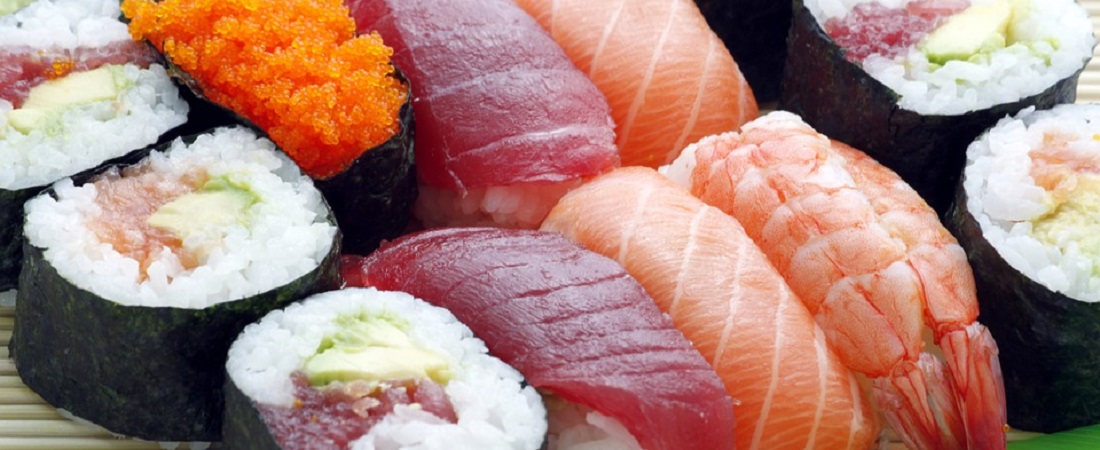
The following table will show you also other foods that are a source of Vitamin D
| Food | Serving Size | Vitamin D (IU) |
|---|---|---|
| Vegetables and Fruit | ||
| Mushrooms | 100 g (3 ½ oz) | 2300 |
| Orange juice, fortified with vitamin D | 125 mL (½ cup) | 50 |
| Other vegetables and fruit | This food group contains very little of this nutrient | |
| Grain Products | This food group contains very little of this nutrient | |
| Milk and Alternatives | ||
| Soy beverage, fortified with vitamin D | 250 mL (1 cup) | 86 |
| Milk (3.3 % homo, 2%, 1%, skim, chocolate milk) | 250 mL (1 cup) | 103-10 |
| Skim milk powdered | 24 g (will make 250 mL of milk) | 103 |
| Yogurt (plain, fruit bottom), fortified with vitamin D | 175 g (3/4 cup) | 58-71 |
| Meat and Alternatives | ||
| Egg, yolk, cooked | 2 large | 57-88 |
| Pork, various cuts, cooked | 75 g (2 ½ oz) | 6-60 |
| Deli meat (pork, beef, salami, bologna) | 75 g (2 ½ oz)/ 3 slices | 30-54 |
| Beef liver, cooked | 75 g (2 ½ oz) | 36 |
| Fish and Seafood | ||
| Salmon, sockeye/red, canned, cooked or raw | 75 g (2 ½ oz) | 394-636 |
| Salmon, humpback/pink, canned, cooked or raw | 75 g (2 ½ oz) | 392-447 |
| Salmon, coho, raw or cooked | 75 g (2 ½ oz) | 338-422 |
| Snapper, cooked | 75 g (2 ½ oz) | 392 |
| Salmon, chinook, raw or cooked | 75 g (2 ½ oz) | 382-387 |
| Whitefish, lake, cooked | 75 g (2 ½ oz) | 135 |
| Mackerel, Pacific, cooked | 75 g (2 ½ oz) | 343 |
| Salmon, Atlantic, raw or cooked | 75 g (2 ½ oz) | 206-245 |
| Salmon, chum/keta, raw or cooked | 75 g (2 ½ oz) | 203-221 |
| Mackerel, canned | 75 g (2 ½ oz) | 219 |
| Herring, Atlantic, pickled | 75 g (2 ½ oz) | 202 |
| Trout, cooked | 75 g (2 ½ oz) | 148-208 |
| Herring, Atlantic, cooked | 75 g (2 ½ oz) | 161 |
| Roe, raw | 30 g (1 oz) | 145 |
| Sardines, Pacific, canned | 75 g (2 ½ oz) | 144 |
| Halibut, cooked | 75 g (2 ½ oz) | 144 |
| Tuna, albacore, raw or cooked | 75 g (2 ½ oz) | 99-106 |
| Mackerel, Atlantic, cooked | 75 g (2 ½ oz) | 78 |
| Tuna, white, canned with water | 75 g (2 ½ oz) | 60 |
| Shrimp | 100 g (3 ½ oz) | 152 |
| Oysters | 100 g (3 ½ oz) | 320 |
NB! The information provided here is for informational purposes only, so do not consider it as health care or medical diagnosis and treatment. Do not consider this information as a guarantee of the results you want to achieve. In addition, this information is not intended to replace the advice of your physician or other healthcare professional.
Even more, you should not use it to diagnose or treat a health problem. Before changing or discontinuing your existing medication, treatment, or care, or taking any dietary supplements, be sure to consult with your healthcare professional or doctor before starting any diet or program, or if you suspect you may have a medical condition.
Compiled by Maria-Helena Loik
Sources: Healthline.com, Dietitians.ca, Canadian Nutrient File 2015
Pictures: Pexels.com, Pixabay.com, Shutterstock.com
Source: https://ecosh.com/top-11-foods-highest-in-vitamin-d/

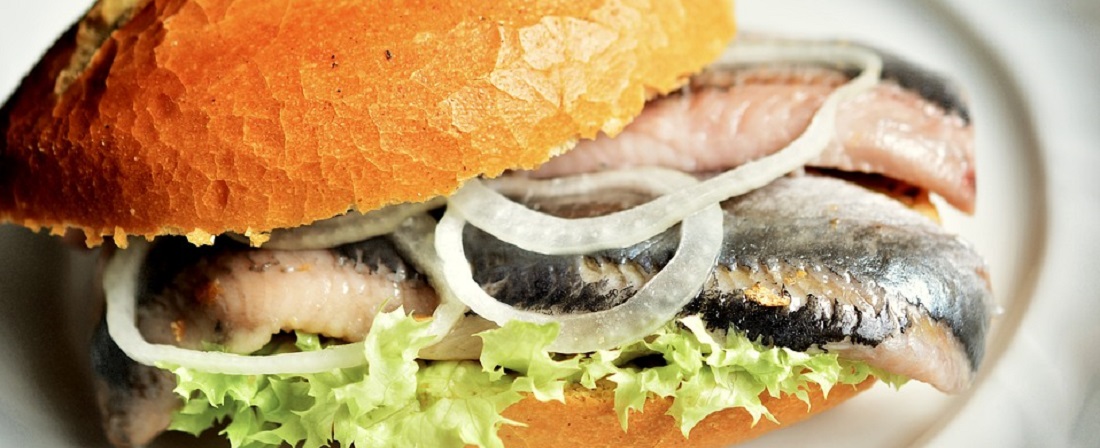
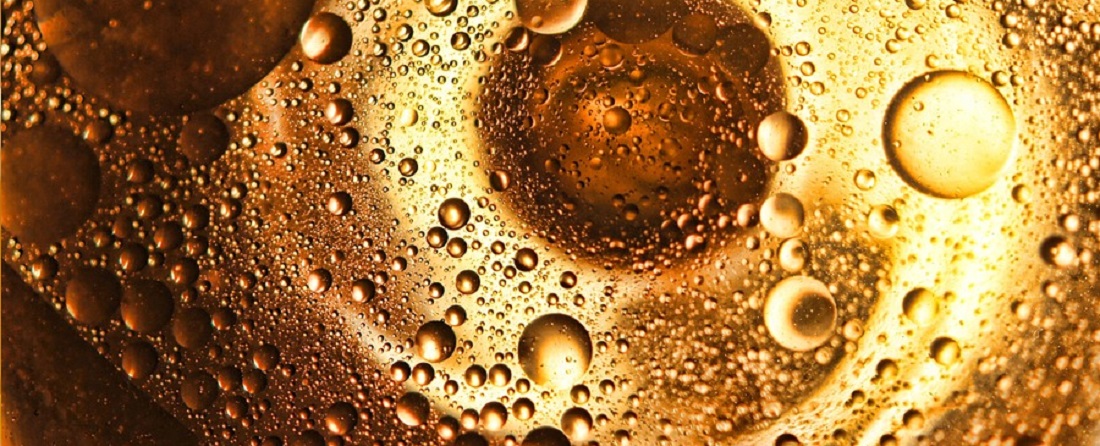
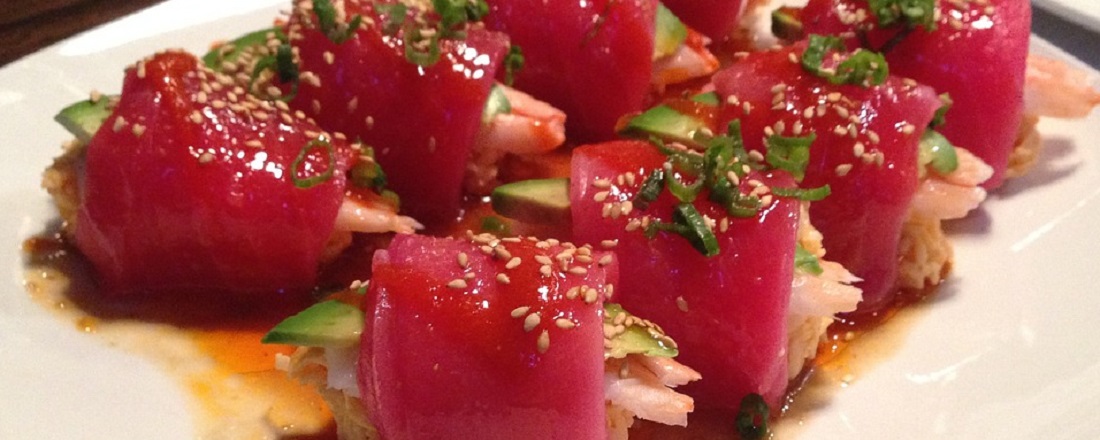
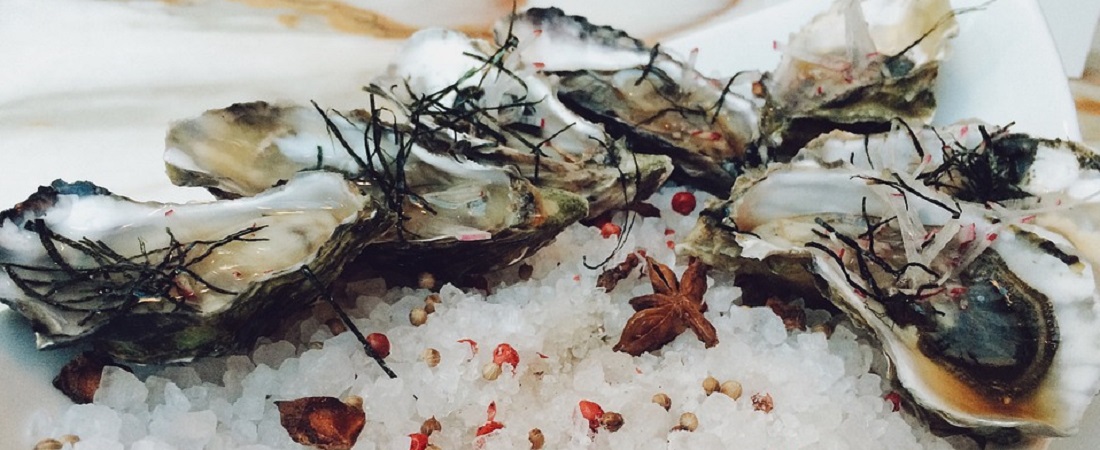
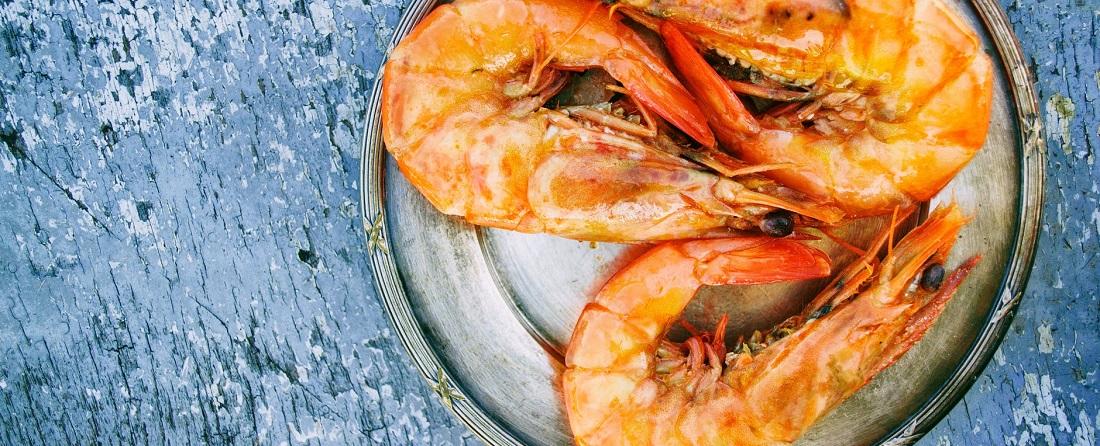
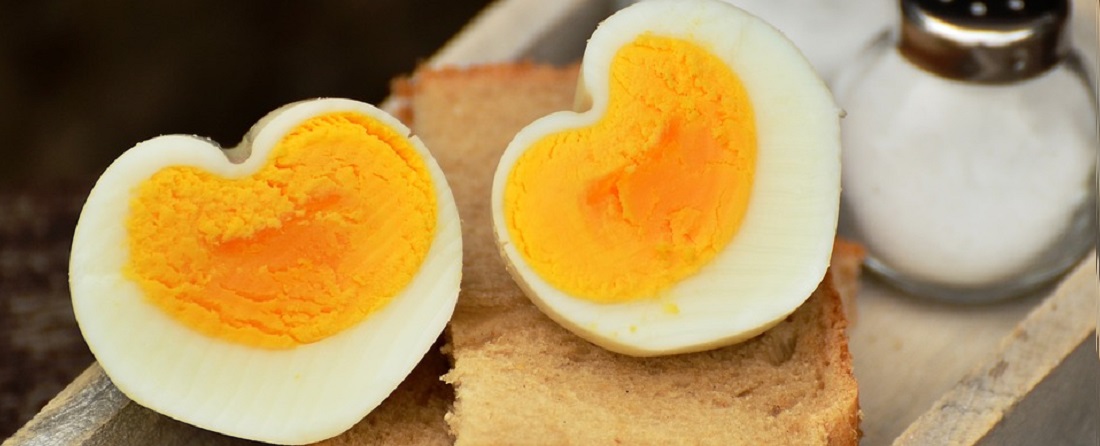
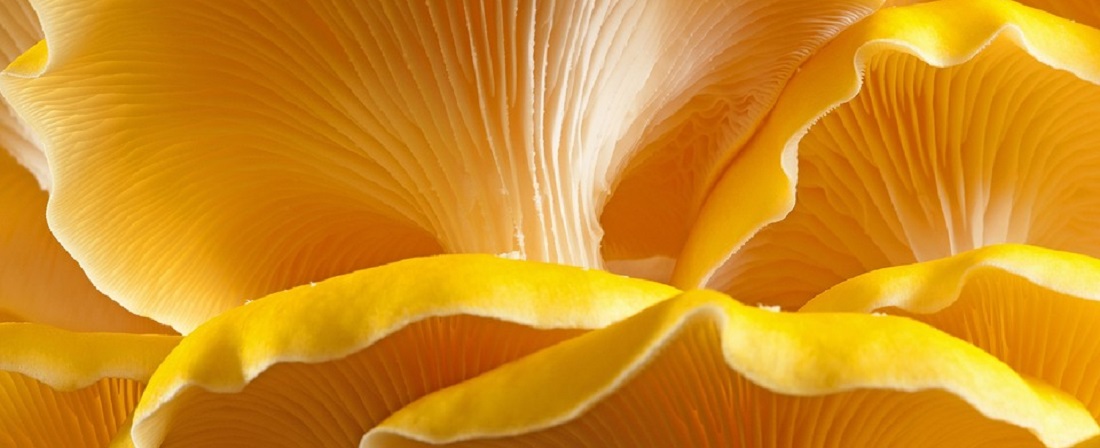
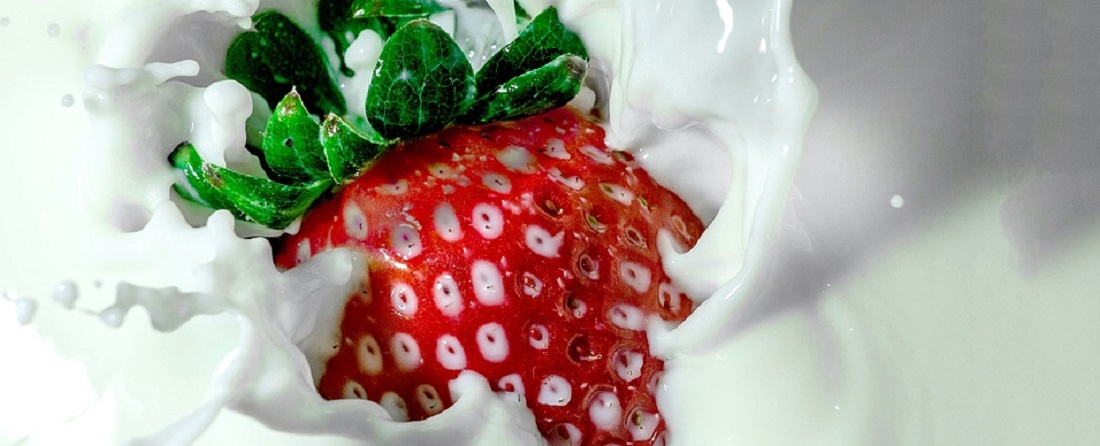

0 komentar:
Posting Komentar